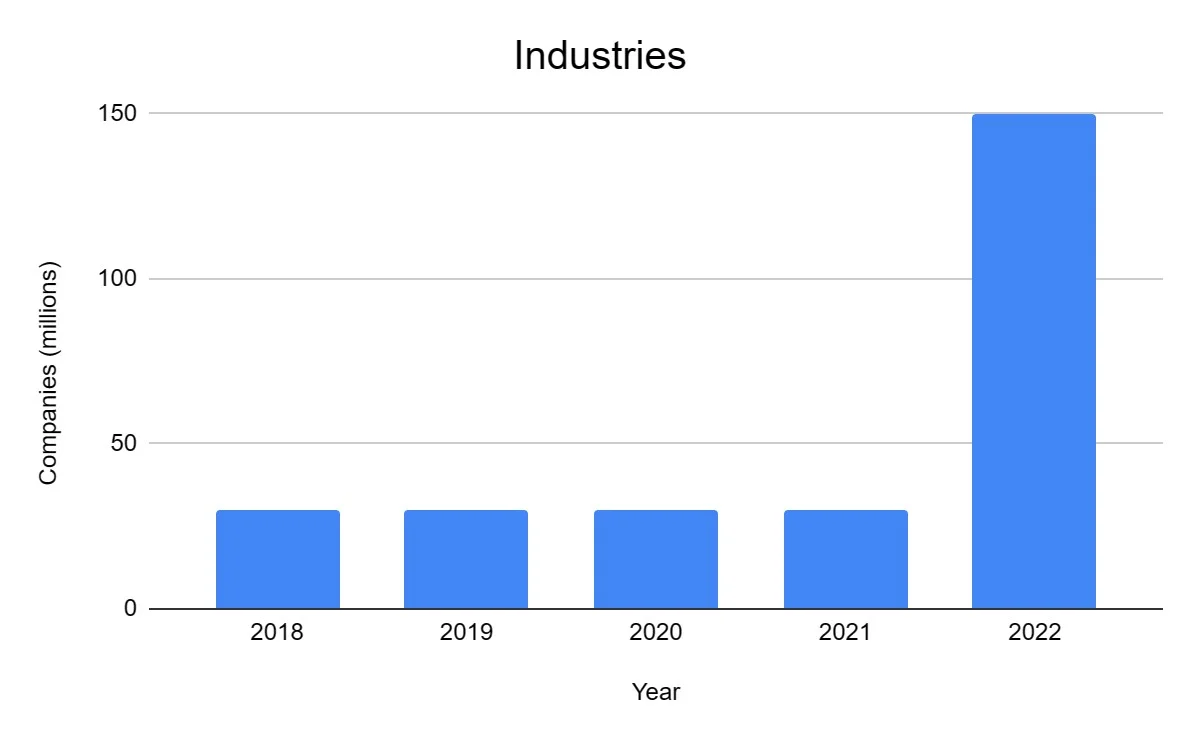
Building a GPS navigation web app prototype with open-source,…
Finally, you create and save the instance of the Shop model corresponding to the extracted data. You need some initial demo data for your application, but instead of manually adding data, you can use a data migration. You are using the @admin.register decorator to register the Shop model in the admin application.
You can run Overpass API queries and analyze the resulting data interactively on the map. Django’s admin application provides a complete CRUD interface for managing data. It adds support for geographic objects allowing location queries to be run in SQL. You’ll use PostgreSQL, the most commonly used database with Django. It’s not a spatial database, but thanks to PostGIS you can power up your database with powerful geospatial features.
Build your first GIS app
Users now expect to see the exact location of the cab driver or where the pizza delivery guy stuck in traffic. With the geolocation feature, you enable users to see the estimated time of arrival as well. First and foremost, the most obvious category is the GPS itself. These mobile apps are built to help you find the fastest and easiest route from your starting point to your destination. Besides driving assistance, you can also see public transportation schedules, find restaurants, bars, shops, or attractions in the area.

The main goal of testing is to polish your app to perfection (make sure there are no bugs and the app won’t fail at the worst possible moment). AR is the integration of audio content and game visuals with a user’s environment how to create a gps app in real time. The main goal of a geosocial service is to help find friends by checking in to the service, announcing your presence in a certain place. For example, Facebook and various dating apps come with this feature.
Cellular tracking
Use this open source repo of the Hypertrack Live app to build live
location sharing experience within your app within a few hours. HyperTrack Live app helps you share your Live Location with friends
and family through your favorite messaging app when you are on the way
to meet up. Recently, I’ve taken up android development as a hobby and was looking to develop an application that can find and track a users position using Google Maps. Additionally to the above alternatives the GraphHopper Directions API has been used in mobile apps for a long time now e.g. in Kurviger and Locus. But it was required to build the navigation part yourself, which can be quite challenging.

Such applications are inherently more scalable, resilient, easy to monitor, and update without disrupting the user experience. On-demand apps like Uber analyze POI data to estimate delivery times, find underserved regions and optimal routes. Logistics companies use it to optimize last-mile delivery and find optimal pickup/delivery places. Governments can improve public transit, emergency services, healthcare, and disaster response planning.
The list of 7 best Free and Open Source GPS Tracking Software
In 2019, 2.95 billion users spent a considerable amount of their time on social media platforms. This number is predicted to grow up to 3.43 billion by the year 2023. Facebook identifies the user’s location and offers exhibitions, concerts, fairs, and other events nearby.

It also used mapping and topography data to improve the property valuation modeling. The company combined these two features in a new service – buying real estate from people needing quick money. Geomarketing, or geo-push, is a staple in geolocation app development. You can combine a user’s position on a map with their shopping habits, preferences, and interests. 78% of executives in the BCG study use this trick to engage customers. The location tracking feature can also store information in the database, which can be useful when traveling.
Getting Started
You need to visualize your app and fix all possible bugs before the development process. Before you bring your idea into reality, you need to build a wireframe, which might help you determine the market performance and potency of your app. Market exploration is a mandatory task before building an app. You need to analyze your competitors, check what features and technologies they use, etc. You can either do it yourself or contact a software development company.
- The static coordinate method must be used to create a center map in a specific location by passing latitude and longitude as parameters.
- It combined granular location data with CRM information to find the people most likely to convert in the near future.
- Instead of matching addresses to coordinates, you match coordinates to addresses.
- If you’re making a project around these types of technologies, you’ll have to understand the three main features they all need to work.
- Note that the map does not automatically zoom to our search results.
- You need some initial demo data for your application, but instead of manually adding data, you can use a data migration.
- I have become OCD about geotagging my photos in the past decade.
The navigation feature consists of two parts, the server side and the client side (Android). The great thing is that both parts are open source, but you don’t have to worry about the server side as we provide this for you with the GraphHopper Directions API. AccuWeather or Felgo’s WTR – Weather Pro is a great example of such apps. You can develop your own weather app using Felgo’s open source weather app example. To put it in a few words – it’s a process of matching addresses or search strings with geographic locations. You can also programmatically adjust the zoom level or the center coordinates via properties.
Create an app with Create React App
You loop through the elements object containing the locations and tags of shops. Inside the loop, you extract the name and the longitude and latitude coordinates. Then you use formstr() to return a valid GEOSGeometry object corresponding to the spatial data in the string that can be assigned to the location field of the Shop model.
Of course, you can use readily available tools, but I’d estimate the budget for a solo-map application starting at around $900,000. The short answer is your location app developers should assist you and select a tool that works best for your geolocation features. You can get different perks with each one, e.g., complete offline experience with OpenStreetMaps or intricate geometry drawing and calculations on maps with ArcGIS. Social networking applications benefit significantly from allowing users to share their coordinates in real-time. Actually, if you think about it for a minute, any application where you see other people or objects moving in real-time has this feature. Once you decide what kind of app you’re building — for inside or outside mapping — you’ll be able to pick relevant technologies.
What Are the Main Types of Geolocation Apps?
There might be a case when you want to indicate the address of the place selected by the user on the map. Instead of matching addresses to coordinates, you match coordinates to addresses. The only requirement, besides the dependencies of GeoDjango, is to use a spatial database (a database that’s capable of storing and manipulating spatial data). For PostgreSQL, one of the most popular database management systems used with Django, you can simply install the PostGIS extension with your database to turn it into a spatial database. Other popular databases like Oracle and MySQL have built-in support for spatial data. In the screenshot, each item in the list displays the name of the shop (before the colon) and the distance in meters from the user’s location (after the colon).





















